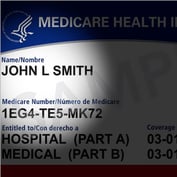By
U.S. group disability insurers scraped up solid gains in revenue in 2001 by covering more workers.
The 39 carriers that participated in the 2001 disability market survey conducted by John Hewitt & Associates Inc., Portland, Maine, increased group long-term disability insurance premium revenue 7% in 2001, to $6.7 billion.
Although growth was slower than in 2000, insurers achieved it in spite of skyrocketing health insurance rates, an economic slump and the disruption caused by the Sept. 11, 2001, attacks.
Average annual group LTD premium revenue per insured worker increased only 1%, to $195. Revenue from new group LTD sales rose only 2%, to $1.2 billion.
But, while U.S. employment was falling 1.3%, to 134 million, the total number of workers protected by group LTD was rising 6%, to 34 million, according to JHA.
On the group short-term disability side, revenue from new sales increased 11%, to $581 million, and revenue from policies already in force increased 11%, to $2.4 billion.
JHA, a unit of GeneralCologne Re that provides disability risk management and consulting services, compiles regular disability market reports to promote its research and advisory services.
Drew King, president of JHA, says 2001 was not so bad.
This year, “our prediction is that well see companies focused more on improving their underwriting results,” King says.








 April 14, 2002 at 08:00 PM
April 14, 2002 at 08:00 PM









